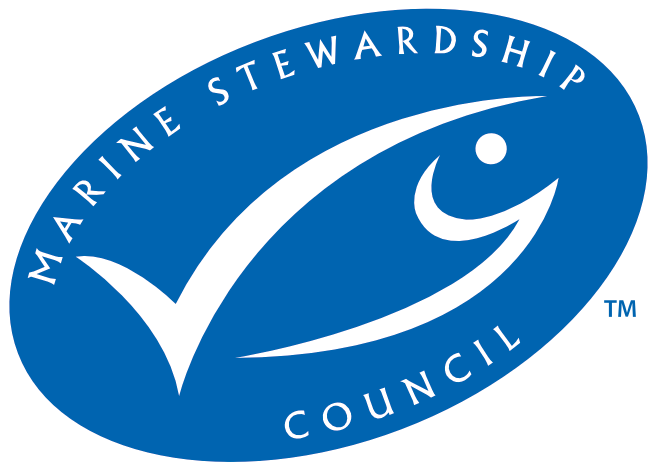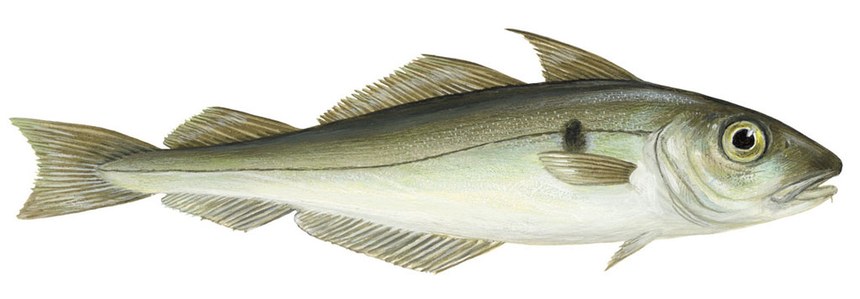
- Certifier :
- LRQA (Seafood) Limited
- Certified status :
- Certified
- Certified since :
- 24 Apr 2012
- Certificate expires :
- 23 Dec 2027
Overview
Fisheries are composed of one or more parts, each of which is entitled to receive an MSC certificate. These parts or “units” are defined by their target stock(s), fishing gear type(s) and if relevant vessel type(s), and the fishing fleets or groups of vessels.
When the term “Unit of Certification” is used for fishing units that are in assessment, it refers to the “Unit of Assessment” or “Unit of potential certification”. Expand a status below to view the parts that form this fishery. To check the detailed scope, download the latest certificate or open the Assessments page to get the latest report. Find out more by visiting our page on Fisheries
Catch by Species
| Species | Reported Catch Year | Metric Tonnes |
|---|---|---|
| Haddock (Melanogrammus aeglefinus) | 2024 | 82,742 |
Information is provided by an independent Conformity Assessment Body as live weight (the weight of species at the time of catch, before processing) and where a fishing season covers multiple years, the end year is given as the reported catch year. Additional information is available in the latest report, see the assessments page.
Eligibility, client groups and vessel lists
A fishery may choose to define the members of the fishery certificate. These members can be vessels or other client group members (e.g. companies that own vessels and/or companies that are named as eligible to handle certified product covered within the fishery certificate scope). Please refer to the fishery certificate statement on additional product specific eligibility criteria (e.g. product eligibility limitations, eligibility date, exclusive points of landing and the point where Chain of Custody certificate is required). Please consult the fishery Public Certification Report for product eligibility rationale.
| Documents | Published on | Files |
|---|---|---|
| List of client group members | 10 Jul 2019 | 1 files |
About this Fishery
Haddock (Melangrammus aeglefinus) image © Scandinavian Fishing Year Book
Atlantic haddock is found throughout the temperate and sub-Arctic waters of the North Atlantic. Although it is a single species throughout this distribution, it comprises a multitude of populations that show a varying degree of intermixing. The haddock around Iceland are more or less isolated from neighbouring stocks by the deep water of the Denmark Strait to the west, the Faroe–Iceland channel to the south-east and the Norwegian Sea in the east.
Haddock are found throughout Icelandic waters, but mostly along the south and west coasts at depths less than 200m.
The Iceland Sustainable Fisheries (ISF) group includes a range of vessels that catch haddock. Around half is caught by trawlers (demersal and pelagic). These range from relatively small vessels operating closer to shore to large factory freezer trawlers that fillet the fish at sea, and freeze the fillets, heads and carcasses. Other fishing methods include longline, Danish seine, gillnet and handline.
Market Information
The export market for Icelandic haddock is dominated by the UK which takes about two-thirds of production. The rest is exported to a number of countries (France, Germany, Nigeria, Belgium, Netherlands and others) at low volumes.
